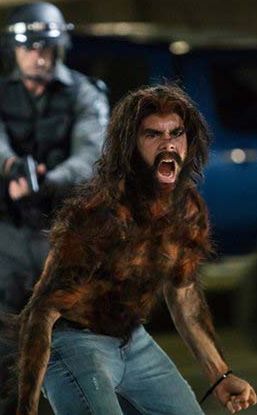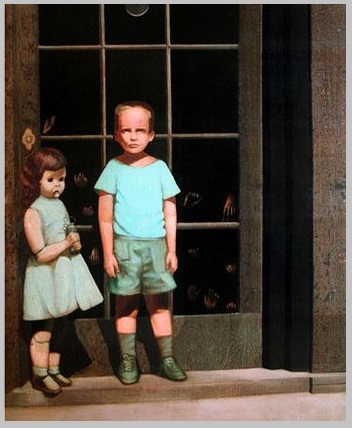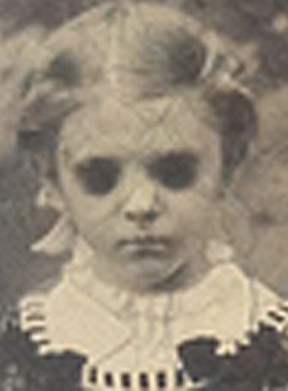The Hairypeople for CoC
I started watching season one of Cleverman on Netflix. I’m two episodes in, and it’s pretty good. Australian history and mythology blend with science-fiction, dystopia, and a bit of horror. Central to the story are the Hairypeople (or Hairies), a non-human humanoid people who entered the “real world” from the Dreaming on what is called Emergence Day.
The Hairies are drawn from Australian mythology, such as from the Gamilaraay and Bundjalung peoples. Stronger and faster than humans, heavy facial and body hair cover Hairies, who also have thick, almost talon-like fingernails as well as brightly colored eyes. A Hairy is sufficiently human in appearance to pass as human with shaving, nail-trimming, and the wearing of tinted contact lenses.

Of course, watching the first two episodes this week reminded me of Chaosium’s Terror Australis for Call of Cthulhu. So, with that in mind, here are the Hairyfolk. (N.B. Those previous two links are affiliate links.)
Hairypeople (Lesser Independent Race)
STR 3d6+6 (16-17)
CON 3d6+3 (13-14)
SIZ 2d6+6 (13)
INT 2d6+6 (13)
POW 3d6+3 (13-14)
DEX 3d6+6 (16-17)
APP 3d6 (10-11)
Hit Points 15-16
Move 10
Weapon (Attack %, Damage)
Fist/Punch (50%, 1d3+1d4)
Kick (25%, 1d6+1d4)
Nails (35%, 1d4+1d4)
Armor 1 point of skin and hair
Spells Hairyfolk with a POW of 14 or more will know spells at the discretion of the Keeper. At least 1d4 spells will be known by such exceptional Hairyfolk.
Skills Climb 55%, Hide 25%, Jump 40%, Listen 35%, Sing 25%, Sneak 25%, Spot Hidden 35%, Swim 55%, Throw 30%, Track 35%
SAN None



